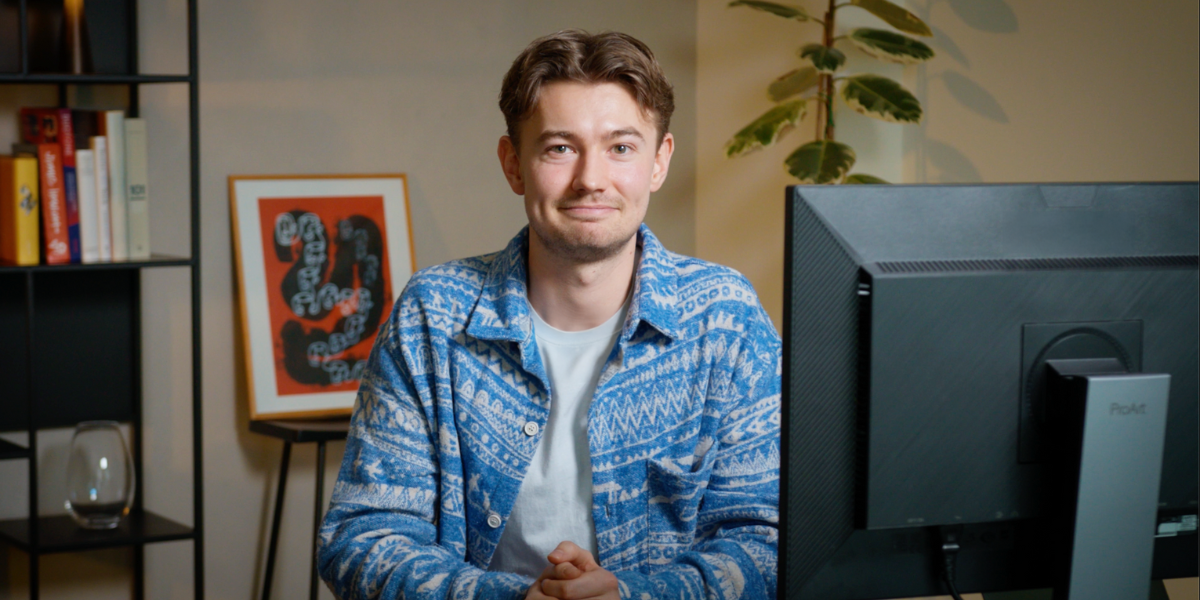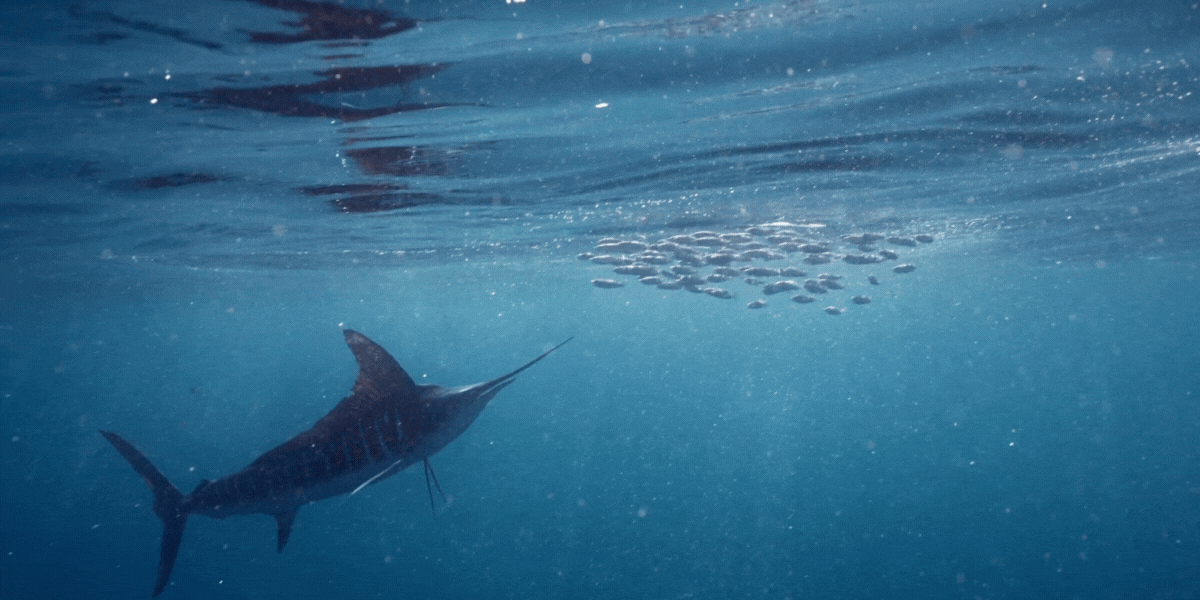
Todos tenemos una historia que contar. En Freewrite, nuestra pasión es ayudar a las personas a superar los obstáculos para escribir y plasmar sus palabras en papel.
Muchos miembros de la comunidad #FreewriteFam usan su Freewrite para escribir un diario o sus memorias. Pero a veces, tu propia historia es la más difícil de contar. ¿Por dónde empezar? ¿Qué es lo suficientemente interesante como para incluirlo?
Nuestro consejo: deja de pensar y empieza a escribir.
Y si necesitas ayuda para empezar, aquí tienes 30 indicaciones para empezar. Elige una, programa un cronómetro de 15 minutos y ¡a escribir!
- Descríbete cuando eras un niño.
- ¿Cómo obtuviste tu nombre?
- Describe la casa de tu infancia. ¿Cómo olía? ¿Qué temperatura hacía?
- Elige un número del 1 al 20. Escribe sobre tu vida a esa edad.
- ¿Cuál era tu libro o película favorita de niño? ¿Por qué? ¿Te sigue gustando?
- De joven, ¿qué querías ser de mayor? ¿Cuánto estuviste cerca de lograrlo?
- Describe a alguien que admirabas de joven. ¿Cambió tu impresión de esa persona al crecer?
- Cuenta la historia de la mejor comida que hayas probado jamás.
- ¿Qué recuerdas (si es que recuerdas algo) de la relación de tus padres? ¿Ya sea entre ellos o con otras personas?
- ¿Tienes hermanos? Si es así, ¿se llevaban bien?
- Describe un pasatiempo que solías tener y que ya no practicas. ¿Por qué lo dejaste?
- Describe el mejor día de tu vida.
- ¿Cuál era tu peor miedo a los 5 años? ¿A los 15? ¿A los 25? ¿Ahora?
- Describe el primer viaje que hiciste fuera de tu ciudad natal.
- Escribe sobre un acontecimiento histórico que viviste.
- ¿Crees en el más allá? ¿Por qué sí o por qué no?
- ¿Cuál fue tu primer trabajo? ¿Te gustó? ¿Cuánto duró?
- ¿Cómo defines la pérdida? Cuéntanos sobre alguna ocasión en la que hayas experimentado una pérdida, de cualquier tipo.
- ¿Recuerdas tu primer amor? Describelo.
- ¿Has vivido una situación de vida o muerte? ¿Cómo te sentiste?
- Cuenta la historia de un momento en el que tuviste miedo de hacer algo pero lo hiciste de todos modos.
- ¿Qué es más importante para usted: la honestidad o la lealtad?
- ¿En qué momento de tu vida te sentiste más amado?
- ¿Cuál ha sido el mayor desafío de tu vida hasta ahora?
- ¿Prefieres invierno, primavera, verano u otoño? ¿Por qué?
- Menciona una inseguridad que tengas sobre ti mismo. Ahora cuenta una historia sobre dónde nació esa inseguridad o cómo ha afectado tu vida.
- ¿Crees que las personas son inherentemente “buenas”?
- Nombra una cosa en la que creías cuando eras joven y luego cambiaste de opinión.
- ¿En qué eres bueno? Sé honesto y no te subestimes.
- ¿Cuál es tu posesión más preciada?




























